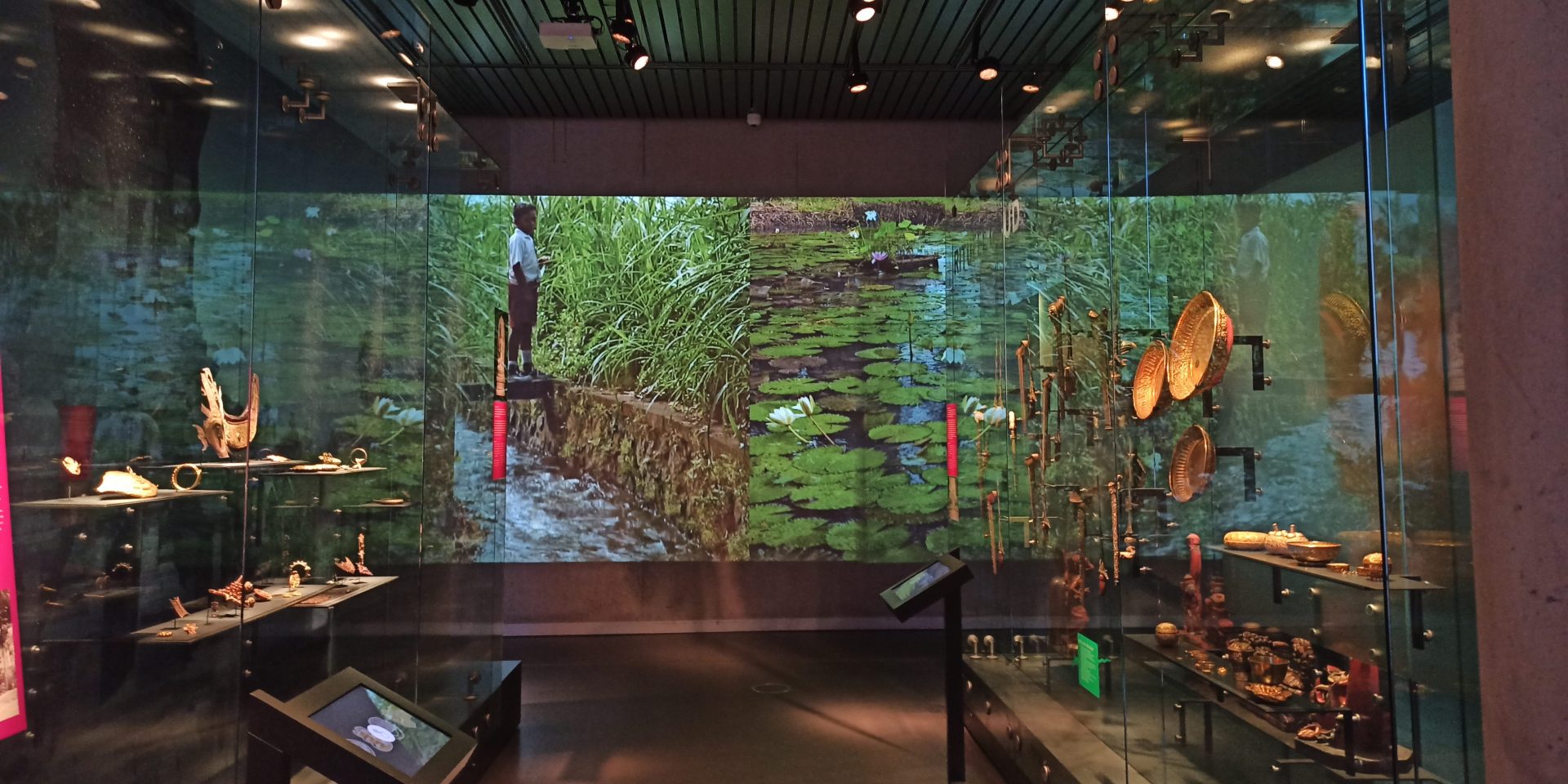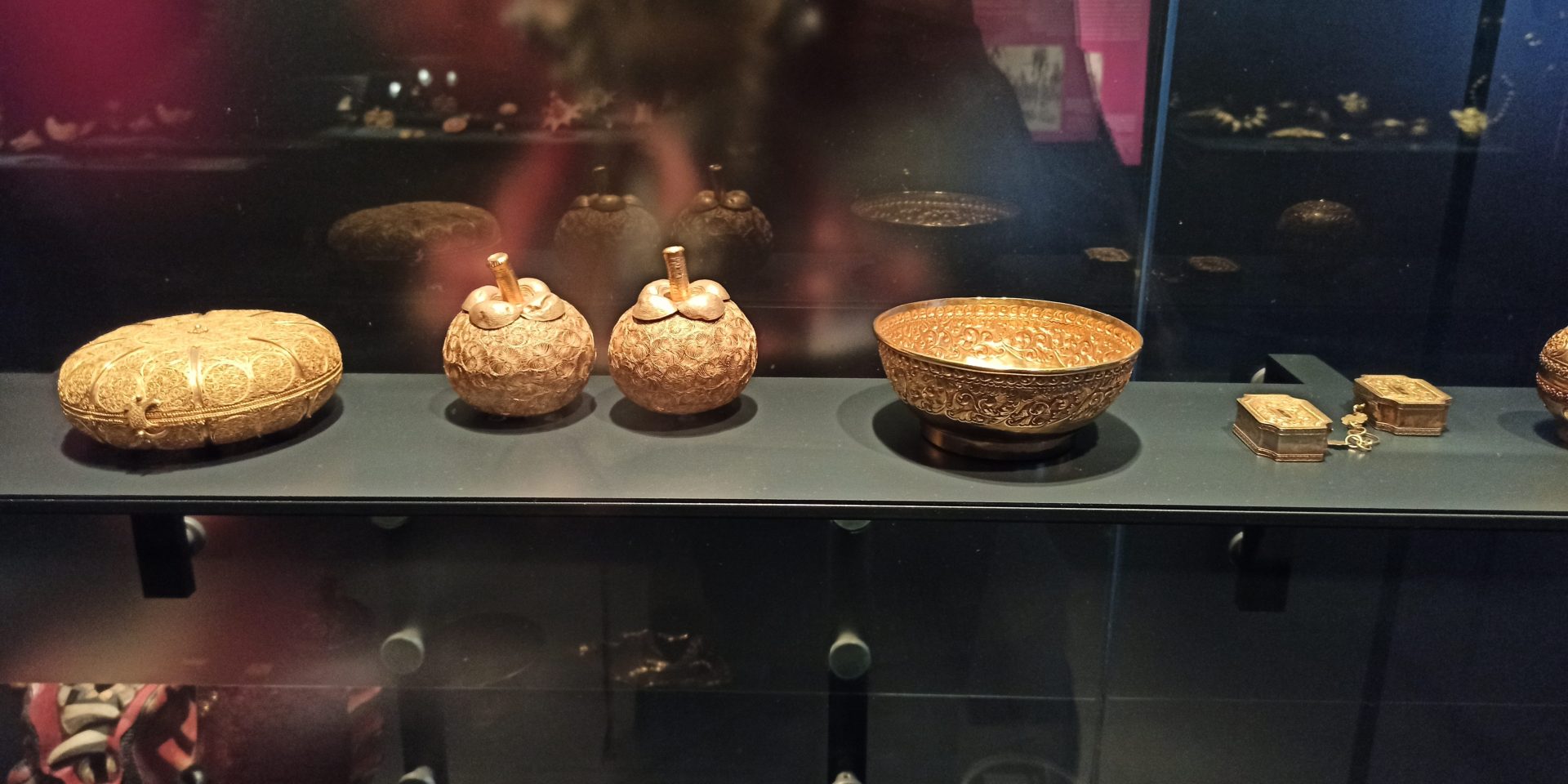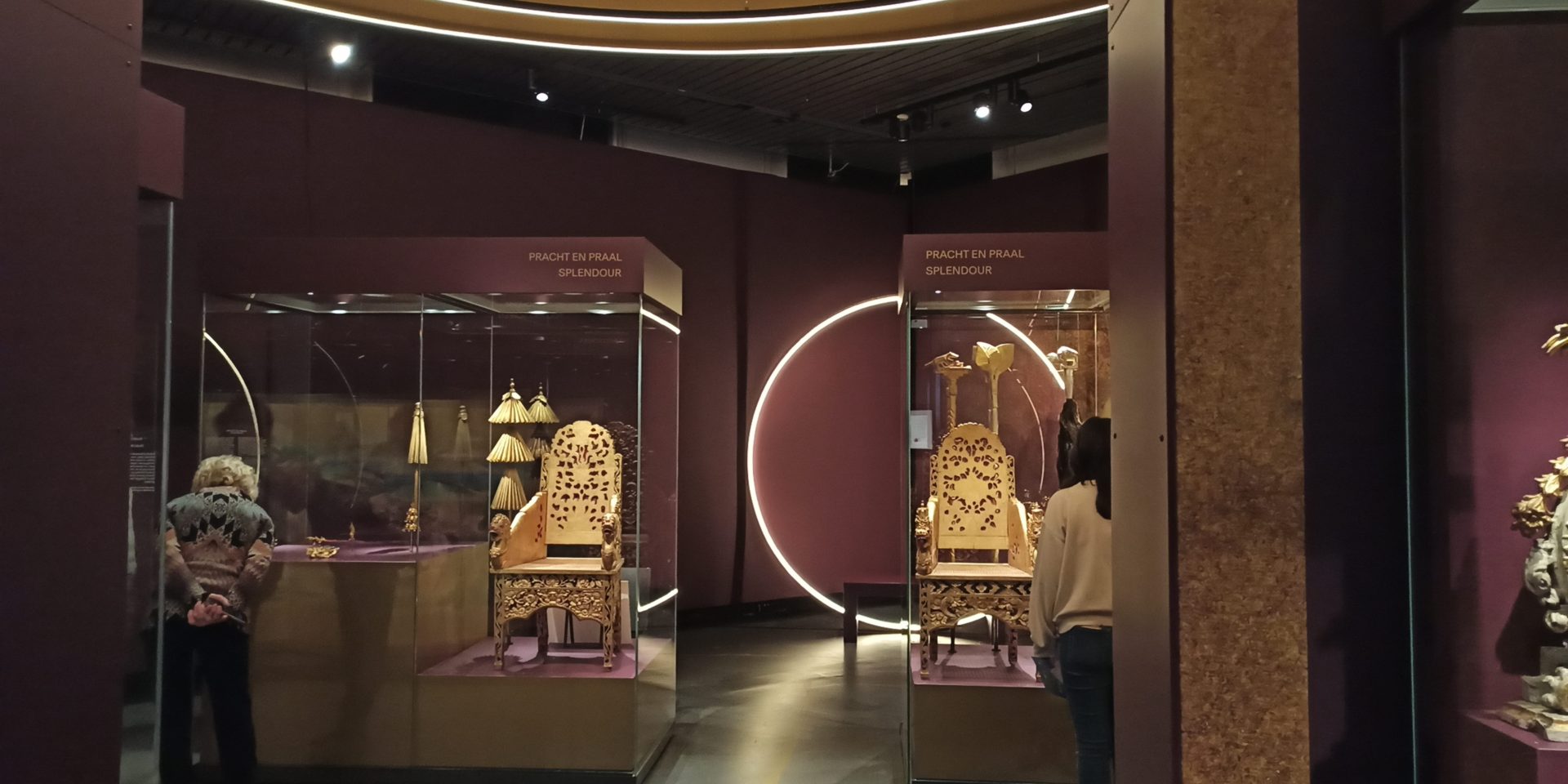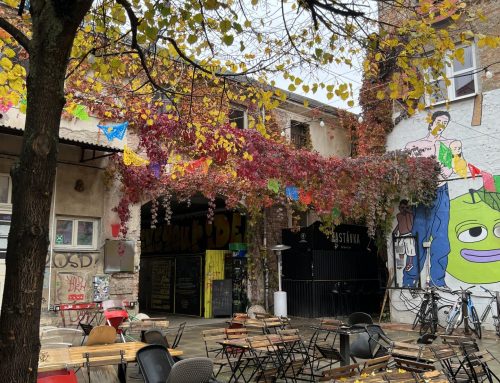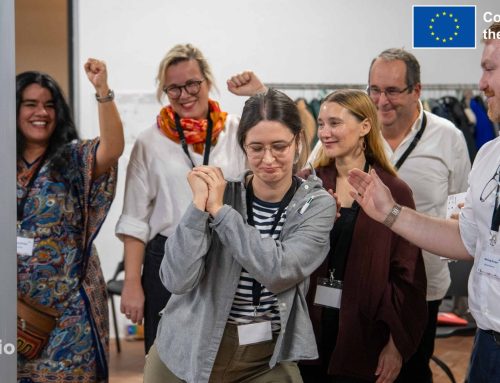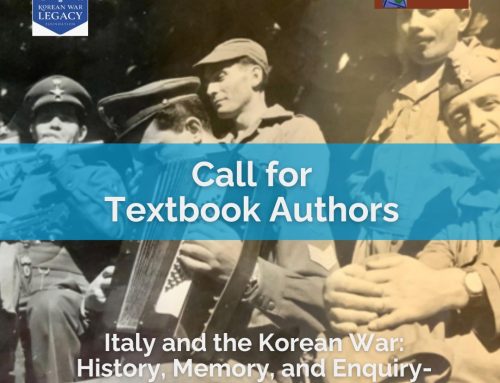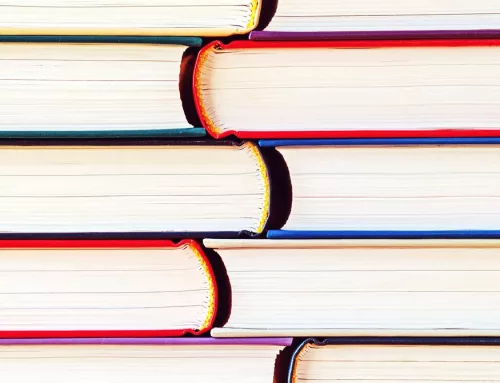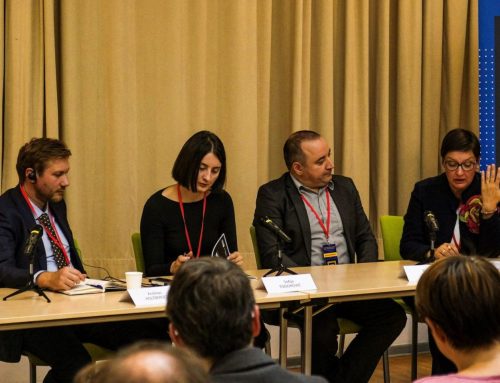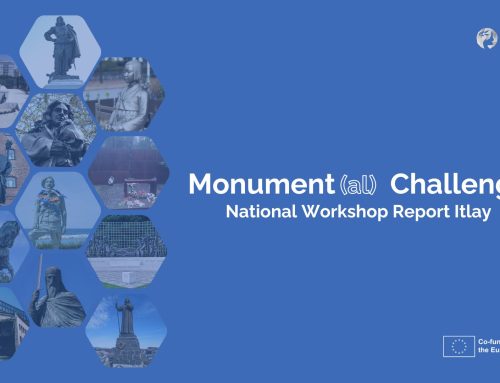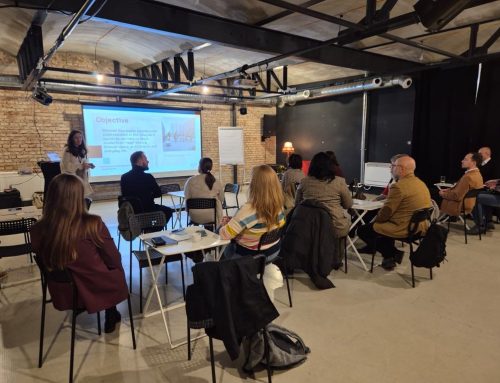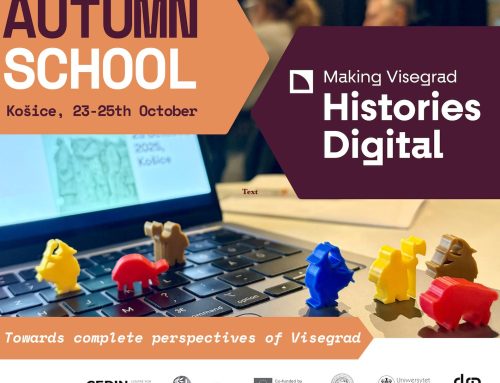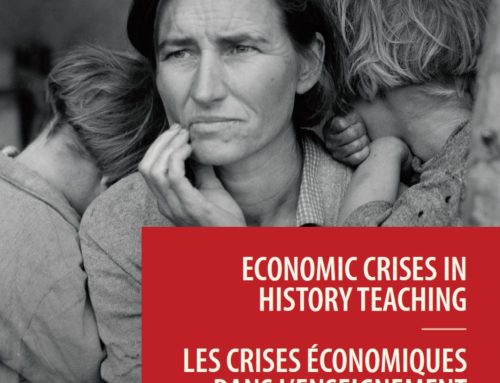Walking through the Wereldmuseum Leiden’s temporary exhibition on gold, titled Enchanted by Gold, is, at times, a mesmerising experience. Centred on this precious metal, the exhibition explores various facets of gold and delves into its uses and meanings throughout history, all while considering the negative impacts gold has had and continues to have on the environment and society.
The Exhibition
The first thing you see as you enter the exhibition is a large and striking Garuda, a mythical creature in Hinduism that has the characteristics of a human and bird of prey. This is a precursor to the first section of the exhibition, which is a large room dedicated to objects collected by the Dutch from the Indonesian archipelago. The room features objects such as jewelry, puppets, dolls, baskets, statues and weapons. Many of the objects hold symbolic meanings and are connected to spiritual beliefs and practices, such as the ancestor statues that were often located in the house as protection from evil. Particularly interesting in this room is a case full of dolls that were created for Queen Wilhelmina. The dolls depict Indonesian people in different types of traditional dress and were created, in collaboration with Indonesian craftsmen, with the purpose of educating the Queen on the various ethnic groups in the Dutch East Indies.
The next sections feature both artistic and scientific illustrations of the origins and properties of gold as a material and the social and environmental impacts of gold mining. A set of photographs shows the dangerous conditions under which mine workers laboured during the Brazilian gold rush. Serving as a striking contrast, the next room focuses on the use of gold to signify power and divinity, featuring elaborate religious garments and statues, parasols belonging to high-ranking Javanese individuals and a gold evening bag used by Dutch royalty. Further along, the exhibition explores modern uses of gold in technology, such as the necessity of gold for space travel, and in popular culture, with celebrities making use of gold to showcase their success.
The exhibition further engages with the intangible power of gold by exploring historical attempts to create gold out of other metals. Alchemists were sought after and sometimes held captive by kings, who wanted gold to be created for them so they could pay their armies. Moreover, the power of gold was and continues to be thought as transcending mortality, and in many cultures is seen as a link to the spiritual world. This is why many bury their dead with gold objects.
At several points throughout the exhibition, the museum curators invite visitors to consider the negative impacts of gold on the environment and society more broadly. Both the physical mining of gold and its symbolic power have contributed to environmental destruction, conflict, violence and inequality. In a particularly poignant example, the exhibition features a piece of art titled “The Mining of the Natural Resources III” by Koen Theys. The piece is a treasure chest with shiny jewels and gold spilling out of it. However, in an attempt to comment on the high price of greed, the gold and jewels are made of dirt in the form of clay.
Overall, I found the exhibition to be an interesting exploration of gold both as a physical material as well as a source of power and conflict. There are a variety of interactive elements that are engaging for both children and adults, including touch screens that give more information about objects on display, drawers that can be pulled out to learn more about the science of gold and objects that can be touched or played with to better understand them. The exhibition also features a 360-degree video with impressive visuals showing how gold was created. Unfortunately, the video is narrated in Dutch and has no English subtitles, so non-Dutch speakers are unable to follow along.
Aside from this, the exhibition could be improved by adjusting the lighting on some of the objects and turning down the music in some of the rooms, as I found it occasionally distracting. I would also have liked to learn more about the materials, other than gold, that were used to create the Indonesian artifacts in the first section of the exhibition.
Efforts Towards Restitution
At the very beginning of the exhibition, I encountered a video and introductory text discussing the restitution of objects from the museum’s collection to their owners and the museum’s collaboration with Indonesian officials. The museum acknowledges that there was a power imbalance between the Dutch and Indonesians when the objects were taken. In recent years, the museum has transferred some of the objects stolen during the colonial period back to Indonesia. The video also features interviews with Indonesian officials who have worked with the museum to prepare the exhibition and ensure authenticity in the portrayal of the objects found in it.
Throughout the room, labels feature information about objects that were looted during Dutch military campaigns as well as those that were sent back. It was encouraging to see Dutch colonialism being included in the narratives of the objects and their presence at the museum rather than being glossed over. The “Lombok treasure” was a particularly large collection of objects that was returned to Indonesia on 10 July 2023 after a request by the Indonesian government. The objects were originally in the palace of the ruler of Mataram, located in West Lombok. Under the guise of addressing a conflict between the ruler and the local population, the Dutch-Indonesian administration dispatched a military expedition to retain control of the opium monopoly in 1894. This led to a long conflict during which many lives were lost until the Dutch seized control and exiled the ruler to Batavia (now Jakarta). Half of the treasures that were plundered from the palace were sent to the Netherlands and eventually divided up among Dutch museums.
The restitution of objects to their ancestral lands is still ongoing. In January, it was announced that several objects from the Wereldmuseum Leiden collection will be returned to the Ysleta del Sur Pueblo tribe in the United States. The Colonial Collections Committee found that the objects, brought to the Netherlands in the 19th century, were obtained using force, threats, and bribery. Meanwhile, in February, the Dutch Ministry of Education announced that 113 Benin Bronzes that are in the Wereldmuseum Leiden collection will be returned to Nigeria, where they were wrongfully taken and sold by British soldiers in 1897, eventually ending up in the Dutch State Collection.
Enchanted by Gold is on display until 26 October 2025. If the history of materials interests you, the Rijksmuseum van Oudheden, also in Leiden, has an exhibition titled Bronze Age that is on display until 16 March 2025.

